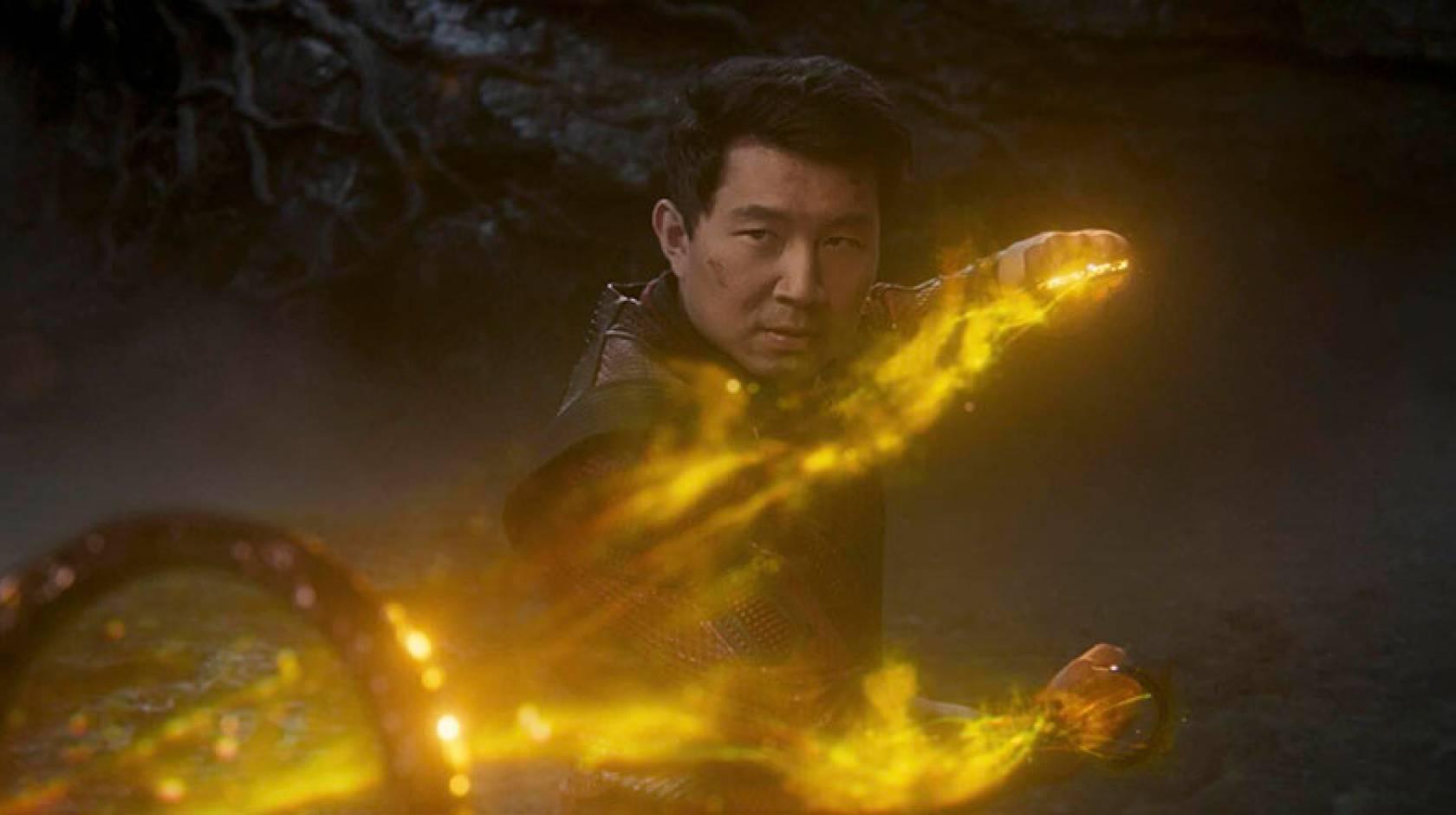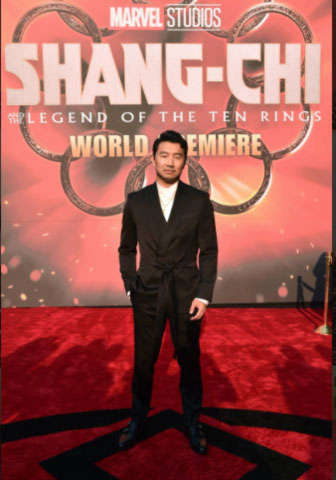Sandra Baltazar Martinez , UC Riverside

The Asian comic book character Shang-Chi first appeared in Marvel comics in the early 1970s. Now Marvel Studios has taken the character to the big screen, offering audiences their first Asian superhero protagonist. “Shang-Chi and the Legend of the Ten Rings” opened in theaters on Friday, Sept. 3.
Times are slowly changing, and this comic powerhouse has understood the importance of diversity, of changing with the times, and of giving ethnic characters the spotlight, said John Jennings, a media and cultural studies professor at UC Riverside.

When Shang-Chi emerged in comic books, he was mainly promoted as the “Master of Kung Fu,” because kung fu and martial arts connected with Americans. Using the true name, Shang-Chi, in the headline was not as appealing, Jennings said. Comic book publishers capitalized on readers’ interest in martial arts, using it as a marketing tool as opposed to the character’s race and ethnicity, he added.
Shang-Chi’s film character is played by Chinese-Canadian actor Simu Liu. Beyond playing the protagonist, Liu’s role is significant in that Hollywood is moving away from “yellow face,” meaning having non-Asian characters rely on costumes, music, martial arts, makeup, accents, and other stereotypes to portray an Asian character. Yellow face is not a new practice, it has been used by Hollywood for many years, Jennings said.
“Having an Asian male lead in the film is very important due to the many stereotypes around Asian men being villains,” Jennings said. “A great deal of this is generated through propaganda connected to World War II and other international conflicts.”
“Shang-Chi and the Legend of the Ten Rings” was written by Dave Callaham, and Asian-American; and directed by Destin Daniel Cretton, who has Hawaiian ancestry. Having a diverse crew is crucial to getting the right cast and the story to resonate at a deeper level, Jennings said.
Shang-Chi fans can find a wide collection of material in UCR’s Eaton Collection of Science Fiction and Fantasy.
Jennings puts Shang-Chi’s character in greater historical context in this Q&A:
What is Shang-Chi’s historical significance?
It’s a big deal. It’s giving a segment of the Asian community visibility. People are going to come out for this movie. The whole lie that diversity in film doesn’t sell; it’s been obliterated many times around.
Also, it’s good to see such a feel-good film with an Asian protagonist after all of this hatred of Asian people and violence against them.
Shang-Chi is not Marvel’s first Asian character, but it is its first protagonist superhero on the big screen, correct?
Yes. MCU (Marvel Cinematic Universe) has come a long way. They recently created Marvel’s Voices, special comic book editions created to provide an additional outlet to marginalized voices. The first of the series is called “Marvel’s Voices: Identity.” It celebrates Asian superheroes and their creators.
Why is this necessary? There is an issue with how people have drawn Asian characters. In the past, comic books in general would make extremely racist characters, making them look like monsters. You have to remember many of these comics were born in the WWII era; they were posters with propaganda. And for Asian characters, in particular Japanese characters, they were drawn in the most racist manner because this is what you do to the enemy, right? You demonize them, you depict them as monsters. This becomes propaganda, which then becomes “the truth.” Remember, we were at war with Japan.
Also, when it comes to Asian representation in Hollywood, you have yellow face. Stereotypes stick. You have writers and creators who don’t understand the content but understand the form. There’s a saying, “Insiders see content, outsiders see form.” That’s what’s great about “Shang-Chi and the Legend of the Ten Rings,” it was written and directed by insiders. This is why diversity behind the scenes matters.

Courtesy of Marvel Studios
Shang-Chi was created in the early 1970s, what changed to make Marvel want an Asian superhero protagonist now?
Every medium out there is not a medium built for us. None for us, people of color, or LGBTQ. Comic characters were created mostly by white men who were imagining what it was like to be in the skin of the characters that were not them. Most times they got it wrong.
Marvel’s credo has been “The World Outside Your Window.” That means that in order for them to create more audiences, they have to create more windows. “Shang-Chi and the Legend of the Ten Rings” was written by a Chinese-American. Now we have a broadening of who deserves to be a hero.
You have to have people behind the scenes who continue to change that. There are other films that have come out before and have broken new ground. The fact that Marvel is so huge now means that “Shang-Chi and the Legend of the Ten Rings” is getting much more visibility than a smaller film would.
Typically, Asian characters tend to be portrayed as villains, sorcerers, mystical personas, or sidekicks. Will “Shang-Chi and the Legend of the Ten Rings” change that?
They created Shang-Chi to capitalize on martial arts films that were happening in the 1970s. The idea was to make diverse characters because they wanted to make money.
Shang-Chi is an awesome character; he was modeled after Bruce Lee. You do not want to play with Shang-Chi; he is the best fighter out there; he is Jackie Chan, Bruce Lee, and all the great martial arts masters combined. The story is powerful; Shang-Chi is basically a good guy who ends up having to fight an evil organization — led by his own father.
When we talk about changing characters in Hollywood, I think you have to have allies, people who are in power who are open minded. But the idea here is that the world is made up of different people. Everyone wants to see themselves be victorious.
And things are changing. You have documentaries like “The Slanted Screen” (2006) talking about the portrayal of Asian men in film and television; “Crazy Rich Asians” (2018); “The Farewell” (2019); Oscar-nominated “Minari” (2020); and most recently the Netflix series “The Chair.” This has been a recent change in American film and television.

